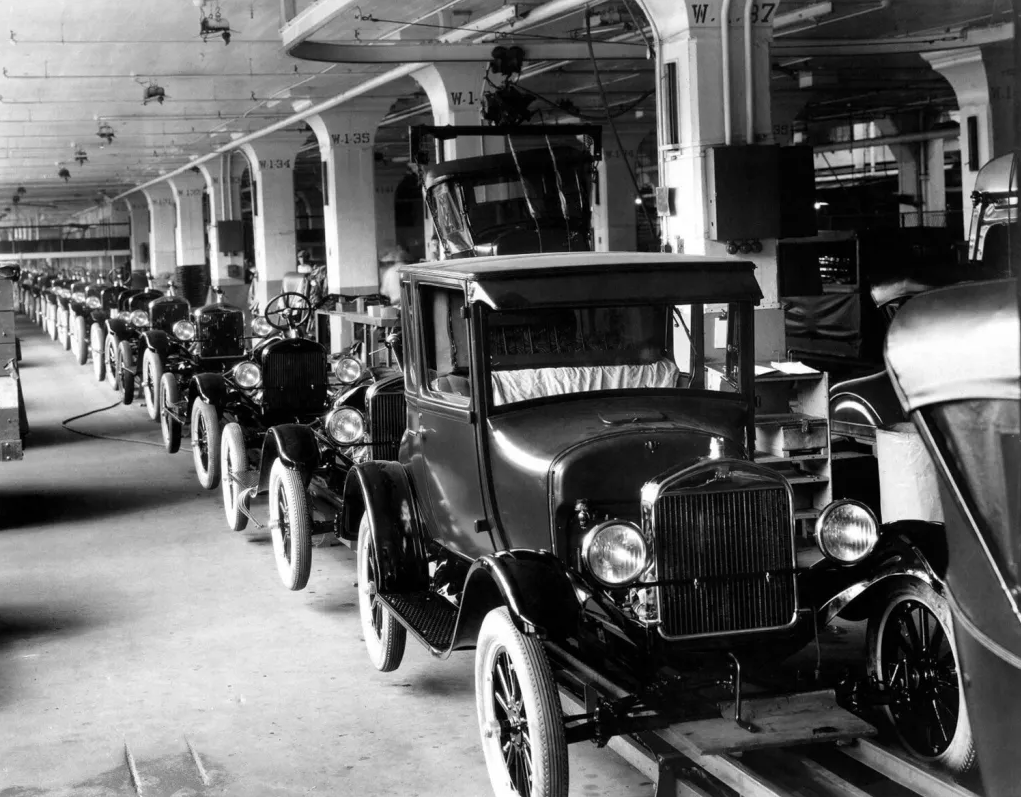In a series of articles, we are taking a look back at the industrial revolutions of the past to glean lessons from history as the Fourth Industrial Revolution gathers pace. In this part, the focus is on the Second Revolution, also described as the Technological Revolution.
The breakthroughs in big ideas perhaps lost some pace in the mid nineteenth century, but advances in the 1870s have led historians to place the start of the second revolution here, and it describes a period from 1870 to the start of World War One in 1914. It was in this period, spanning the end of the 19th century and the start of the 20th, that ideas around technology and mass production bore fruit, and together brought about a veritable explosion of productivity which quickly transformed the world into the modern industrial age that we all now inhabit.
Big Inventions
Advances in steelmaking allowed durable, reliable railway networks to grow fast, and increasing coal production enabled the coal-powered steam trains on them to run frequently, generating the world’s first mass transport systems.
As railways proliferated, another quite separate mode of transport was also born: the motor car. From German pioneers like Daimler and Benz in the 1880s, to Henry Ford’s mass production in the early 1900s, the big names in the automotive industry were established at the very start, and they have never changed. Everyone recognised the potential of cars to give people personal freedom, and efforts focused on making a complex machine affordable to the masses. Ford was so successful in this aim that the sale price of a Model T actually fell by more than half during its twenty years of production.
It has already become hard to imagine the world before widespread electrification, yet it was only at the very end of the 19th century that electric light bulbs and both AC and DC motors were developed. These transformed factories and transport networks, and also domestic lives, launching a world of home comforts and labour-saving devices.

Growing Infrastructure
As rail networks expanded into more and more towns, people became far more mobile. The opportunity to move to earn a living liberated a huge rural workforce to become active in industrial activities.
The spread of telegraph communications was predictably even faster, being less dependent on heavy infrastructure. The invention of the telephone by Alexander Graham Bell (1876), and the rapid advances in radio communications at the turn of the century by Marconi and others brought people together in ways that would have been previously unimaginable.
The Runaway Train
The second revolution is sometimes called the Age of Synergy – as concurrent developments in steelmaking, railroads and other industries brought both people and ideas together, accelerating change still faster.
The countries first able to adopt new technologies had a huge competitive advantage. In 1900 the UK boasted 24% of global output. This is mind-boggling in comparison with today – while we remain a highly industrialised G7 nation, the figure now stands at around 2%.
Once started, technological revolution has an unstoppable momentum of its own, and the famous image of a runaway train crashing out of a station in France at the turn of the century serves as a good reminder that progress can come at a high cost.

In the USA, giants emerged in the booming steel, oil, automotive and rail industries. Company owners’ names live on today as symbols of unimaginable wealth. Andrew Carnegie and John D. Rockerfeller were two of the richest men ever to live, but also held great strategic power as they controlled global markets. They found greater efficiencies in their corporations by promoting mass production, enabling them to maintain huge profit margins. Of course, the lives of the working classes were often incredibly hard, and the captains of industry became collectively known as the Robber Barons.
The Continuous Past
The tech giants of today (Gates, Jobs, Zuckerberg, Bezos) are certainly more warmly regarded figureheads, but there are clear parallels in the ways they have succeeded in gaining first-mover advantages in emerging technology markets to establish truly vast empires.
A century has passed the end of the second industrial revolution, but the pace of progress has really never abated, and the unbroken chain of invention can make history feel very close at hand.
In INSPHERE, as we push measurement further up the value chain with line-side inspection technologies and automated monitoring solutions, many of the same productivity metrics are used as in the days of Henry Ford. By making use of measurement data, we can drive out variation and waste. Of course, through the inexorable progress of technology, we now have much more powerful tools for achieving the same goals.
Article by Craig Davey, COO, INSPHERE ltd


